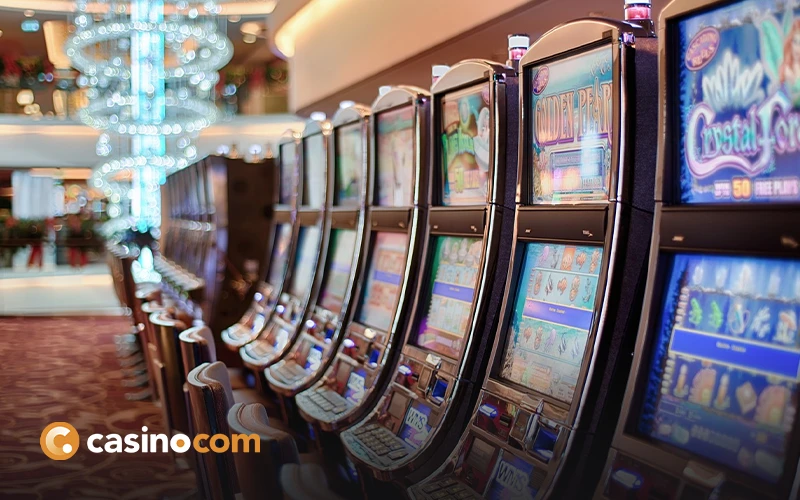It is safe to say that most people in the United States today have done their gambling either online or at brick-and-mortar casinos. During the latter part of the 20th century, however, some got the unique experience of boarding riverboat casinos in order to do their gambling.
Though it is all the rage today, online casinos haven’t been the dominant force in gambling for all that long. Before that, players had to partake by finding a retail establishment – typically a brick-and-mortar casino – to play all of their favorite games.
Near the end of the 20th century, however, an alternative appeared. Riverboat casinos, particularly in places like Illinois and Louisiana, among a few others, became a hotbed for gambling activity and skirted traditional laws. Let’s take a closer look at the history of riverboat gambling in the United States.
The Beginning of Riverboat Gambling
For much of the 19th and 20th centuries, paddlewheel riverboats had been used to transport freight and passengers up major river systems and their tributaries. When railroads overtook them in usefulness and popularity, a shift occurred.
Riverboats became more frequently used for entertainment excursions. These excursions would last for several hours as riverboats had been largely replaced for transportation purposes. People loved them because it was a great way to not only beat the heat but enjoy live music and dancing.
As it turns out, gambling was also quite common on these riverboats. Slot machines and card games became a popular form of gambling. As such, riverboat casinos eventually were approved in the latter part of the 20th century.
Riverboat gambling has a long and storied history.
Unique Rules of Riverboat Gambling
Though riverboat casinos were approved for use, they did have unique rules. For starters, gambling couldn’t be done on land. Casinos were required to be physically located on ships that could sail from the docking area. Even then, some areas only allowed gambling when the ship was physically moving.
Approval in states along the Mississippi River is where the industry really took off. Missouri, Mississippi, Louisiana, Indiana, and Illinois became hotbeds for riverboat casinos. The Chicago area became one of the biggest because of the Mississippi River’s connection through the Chicago Sanitary and Ship Canal. Northwest Indiana also had a trio of casinos in Lake Michigan’s harbors.
The Virginia/Maryland Situation
Because of the unique laws surrounding riverboat gambling, a quite unusual situation arose during the middle of the 20th century. The Potomac River separates Maryland and Virginia. The border isn’t quite in the middle of the river, but rather a low water mark on the Virginia side, putting almost the entire river in Maryland.
Because of this, an array of riverboat casinos were docked off the Virginia shoreline during the 1950s, when gambling was not legal in Virginia but was in some parts of Maryland. Because of this, visitors parked in Virginia walked across the state line via a pier and boarded riverboat casinos to enjoy their gambling.
After a 1994 Missouri vote, the state constitution allowed for “games of chance” to be had on both the Mississippi and Missouri rivers. Eventually, the state supreme court ruled that boats had to be over and in contact with the surface since several were located in moats. Eventually, riverboat casinos were built on stilts, though they did have to be in “navigable water.”
Riverboat Gambling Today
Times have changed and there are many states that allow casino gaming. Riverboat casinos have largely gone the way of the dodo, but Louisiana and Mississippi do still have them. That being said, they are not required to sail and largely remain docked.
Riverboat gambling created a unique yet legal situation for gamblers to enjoy their favorite games. It created one of the most interesting and entertaining forms of gambling that the United States has ever seen.




